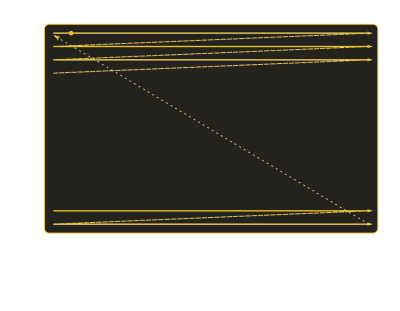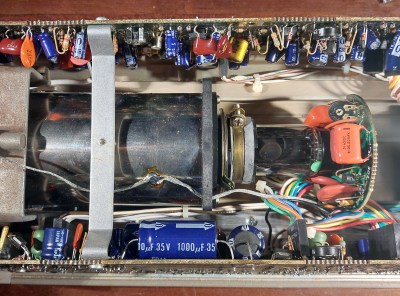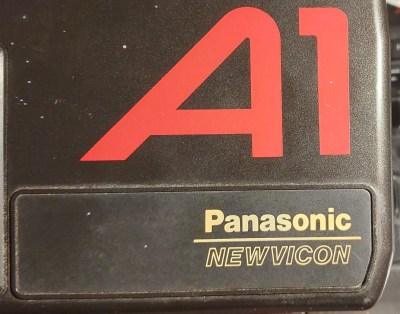Cameras are a funny rabbit hole to fall down as a hacker, because we have well over a century of items to pick and choose from, a lot of which can be had for relative pennies. In my case I have more of them than I’d care to mention, mostly film cameras and 8mm movie cameras, but there are one or two that are entirely different. My first interest in electronics came through PAL televisions, so it’s hardly surprising that along the way I’ve also acquired more than one chunky old tube-based video camera. These devices are now long ago supplanted by their solid state replacements, but they retain a fascination for me as the mirror of the CRT-based TV sets I know so well. It’s time for a fascinating descent into the world of analogue video.
Electrons chasing light, chasing electrons

The basic mode of operation behind all but some of the very earliest electronic camera tubes is that an electron gun paints its raster of electrons onto a light-sensitive target, and the current flowing through the electron beam varies in proportion to the light at each particular point on the target. This can be used to create a voltage, which when combined with the various sync pulses makes a video signal that would be understood by a monitor. The various different types of tubes have names such as Iconoscope, Emitron, or Vidicon, and while the main differences between those various types of tube lie in the combination of materials and design of their targets. Successive generations of tube made improvements to sensitivity and noise performance, first combining photoemissive layers with electron multiplying layers to amplify the video signal in much the same way as a photomultiplier tube does, and then using photoconductive targets to vary the conductivity of the target depending on the light at a particular point.
Time for some real cameras

The tube camera I’ve owned the longest is probably the best to have the lid off and see its internals, it’s an RCA security camera from the mid 1980s. Very sturdily built in the USA, mine is the 625-line version for the European market. Opening it up there’s another echo of the CRT monitor, with the same deflection and signal panels you’d find at the other end of the chain. On top is a sync generator panel, which is far more than a simple pair of oscillators. Instead it’s stuffed with circuitry to produce the full standard sync timings with odd and even fields. Lifting out the sync panel reveals the tube, in this case a vidicon with a photoconductive target, encased in its magnetic focus and deflection coils. This is a monochrome camera, so everything is pretty easy to understand.

When a colour analogue video camera is explained, it usually starts with a diagram of a light path with a couple of bean splitters and a set of filters to supply red, green, and blue images to three different tubes. This produced those high quality broadcast images, but at the expense of significant expense and complexity. As colour home video equipment appeared in the 1970s there appeared a demand for single-tube colour cameras, and to that end the manufacturers came up with a variety of similar tubes with RGB stripe filters over their targets. A couple of these cameras have come my way, both of which have Panasonic Newvicon tubes. These differentiate between red, green, and blue parts of the image by their amplitudes, and while the image is definitely colour, I’d be lying if I said it was broadcast quality.
Here in 2024 there’s very little reason to use a tube camera unless as I am you are seeking a partcular aesthetic, That said, they remain a fun and forgotten piece of consumer electronics to experiment with, so pick one up and have a play should you see one. Looking at the whole system of both camera and monitor it’s possible to see the beauty of analogue television, in the way that every part of the system exists in perfect synchronisation. Imagine the TV sets of a whole country tuned to the same channel, and all synchronised to within a fraction of a microsecond, and you’ll see what I mean even though the idea of everyone watching the same show together is now more than faintly ridiculous.
If this has tickled your fancy, here’s more from the PAL coalface.
Header: Kyle Senior, CC BY-SA 4.0.
This articles is written by : Nermeen Nabil Khear Abdelmalak
All rights reserved to : USAGOLDMIES . www.usagoldmines.com
You can Enjoy surfing our website categories and read more content in many fields you may like .
Why USAGoldMines ?
USAGoldMines is a comprehensive website offering the latest in financial, crypto, and technical news. With specialized sections for each category, it provides readers with up-to-date market insights, investment trends, and technological advancements, making it a valuable resource for investors and enthusiasts in the fast-paced financial world.